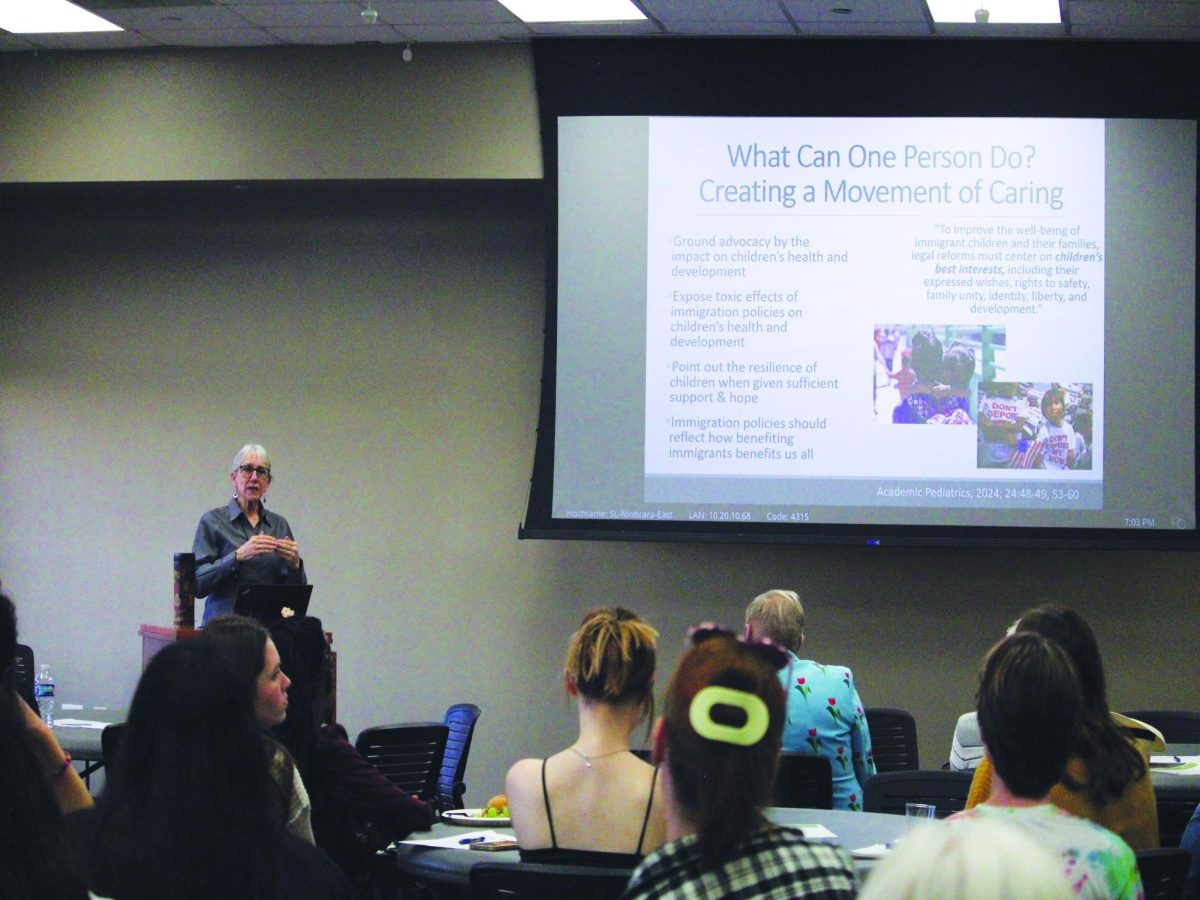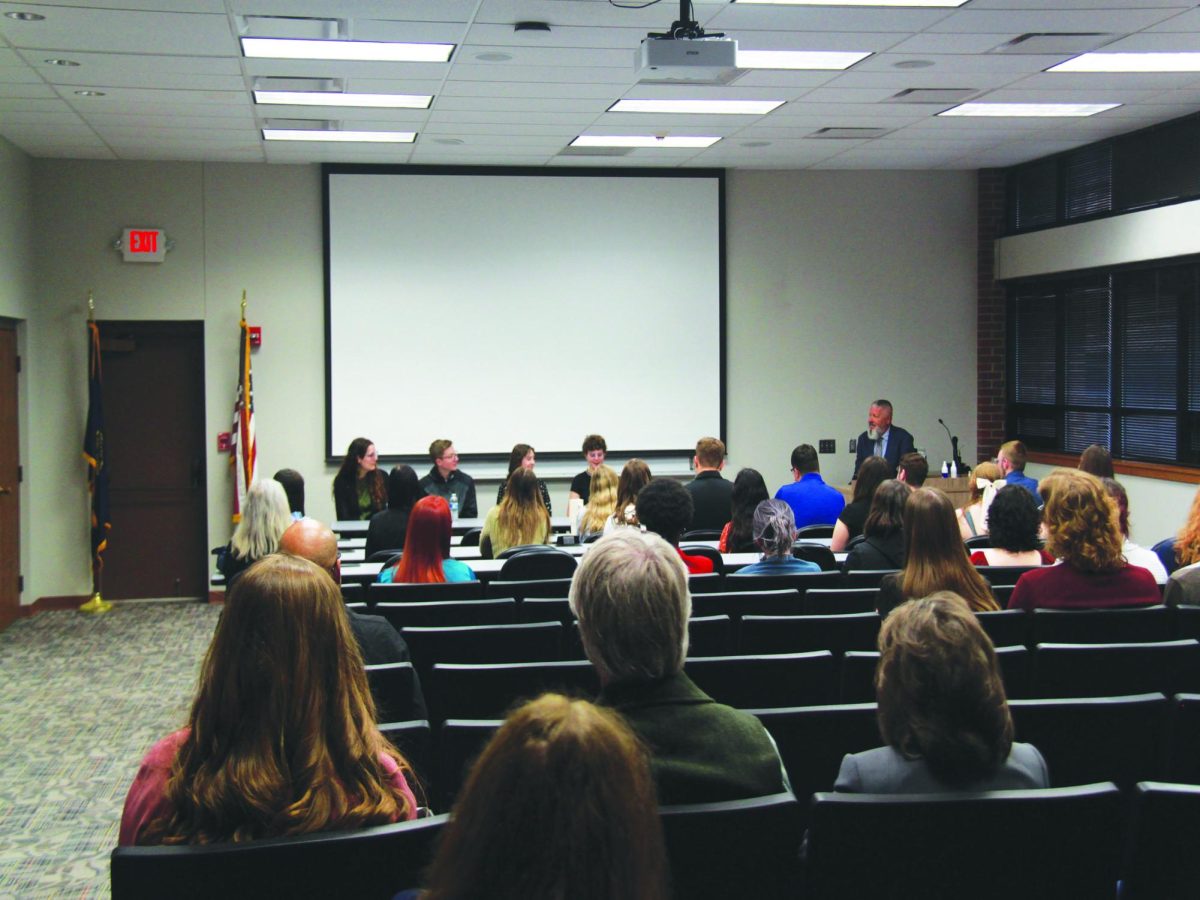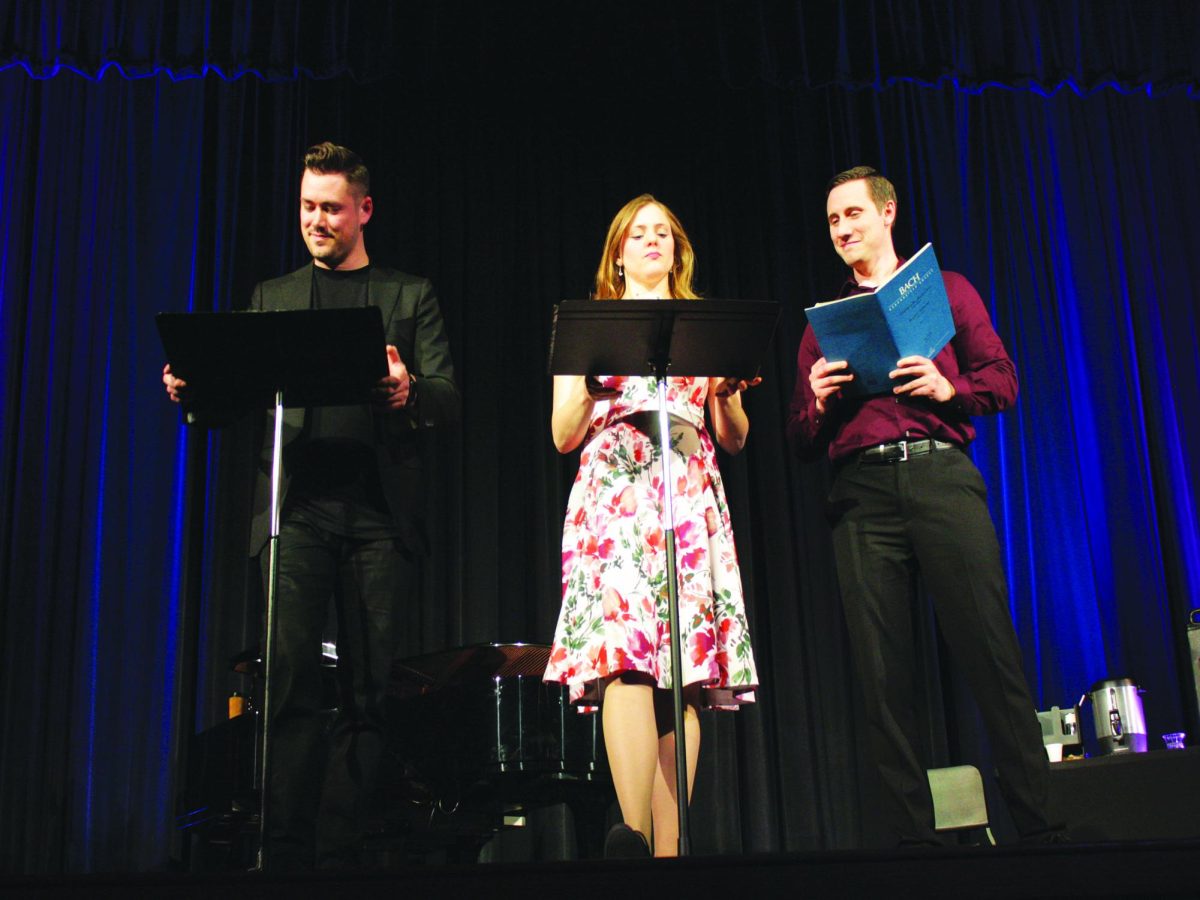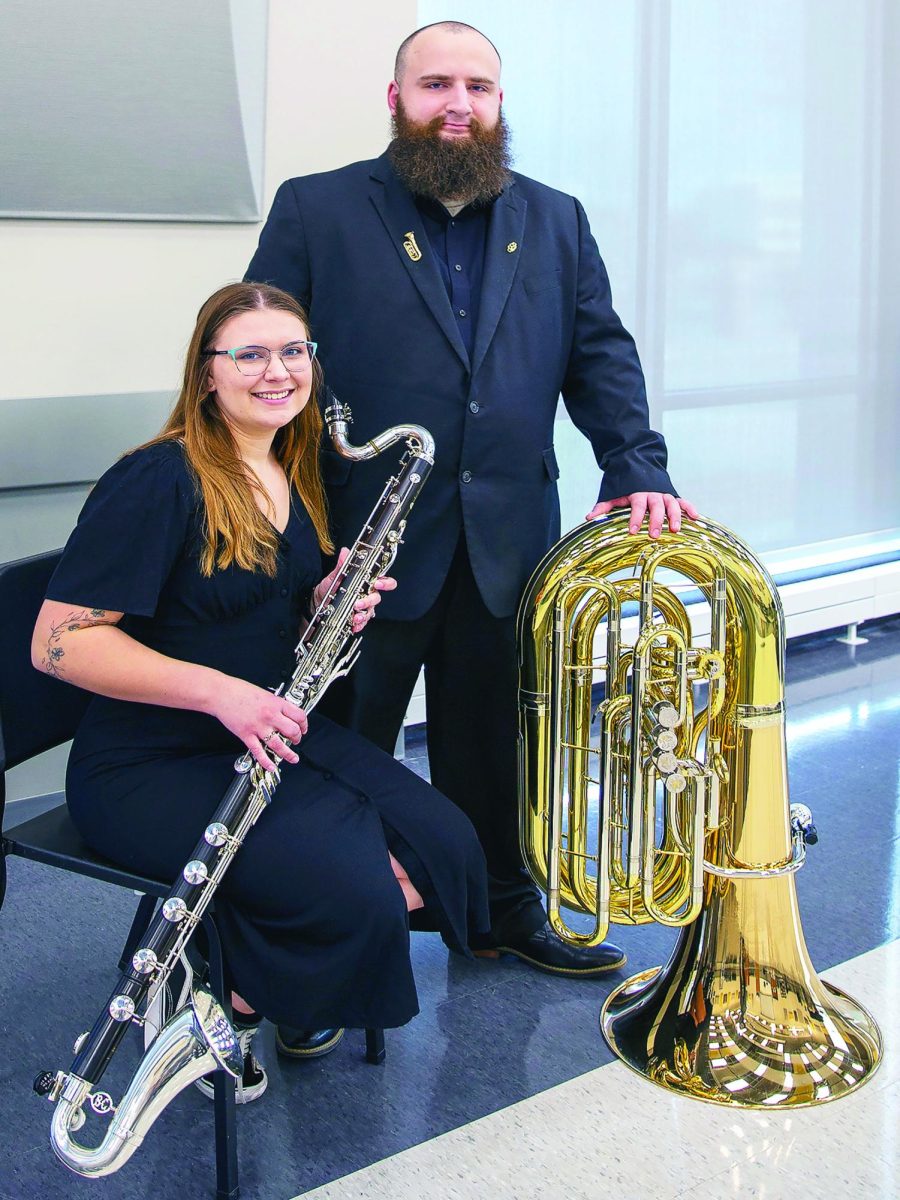Origins of Red Cross and Geneva Convention explained
January 27, 2016
Students of all majors came to Gardner Auditorium last Thursday to listen to Corine Sawadogo. She presented “Born on a Battlefield,” which showed students how and why the Red Cross and Geneva Conventions were created.
Sawadogo is a Regional Volunteer Manager for Nebraska and SW Iowa. She currently lives in Omaha, where she manages the regional volunteer staff.
“This course should change our thought process on armed conflict,” Sawadogo said.
The Red Cross was originally formed by Swiss business man Henry Dunant. Sawadogo described to students how Dunant arrived in Solferino, Italy, on the evening of June 24, 1859. That same day, the Battle of Solferino in the Second Italian War of Independence had begun. 23,000 wounded, dying and dead soldiers lay on the field in front of Dunant. It was that moment which inspired him to start the Red Cross.
After showing a short video depicting what Dunant saw that night in 1859, Sawadogo quizzed the students over their personal thoughts on human dignity, and more specifically on how to define it. One answer the group came up with was: “respecting human life no matter one’s background.” A way to put that in action would be walking around Omaha and seeing someone who is homeless during the winter so you give them a coat.
After hearing their answers and examples, Sawadogo showed another video clip to put the students into Dunant’s shoes when he saw thousands of humans being hurt and in need of assistance.
The rules of war according the Geneva Convention, which was last updated in 2005, states that any noncombatants cannot be put in harm’s way. One type of noncombatant people rarely think about are wounded soldiers. While civilians are more obviously noncombatants, they are also protected under the Geneva Convention and receive humane treatment from both sides of a conflict.
Sawadogo ended the presentation with a quote from Dr. Albert Schweitzer:
“Red Cross is a light in the darkness. It is the duty of all of us to see that it does not go out.”










